The Andalucians are renowned for their exuberant nature, and this is reflected in the grandiose architecture of Seville, as well as the bold flavours of their food.
A few hours drive from the coastal resorts, Seville has a distinctively historic feel. The Moorish influence is easy to spot in the stunning architecture, and its buzzing network of tiny streets make it an explorer’s paradise. The sheer variety of buildings here represents how often Seville changed hands, and its significance as the economic hub of the Spanish empire. The main exports nowadays are the famous bitter Seville oranges, and of course – Flamenco.
Not only is Seville a stand-alone must see, but it serves as the gateway to the striking Andalucian region. If you can drag yourself away from Seville’s fragrant orange blossom gardens, the South of Spain plays host to a number of tourist-free hamlets, the so-called “white villages” which offer tranquility and incredible, authentic food options.
Further afield lies the ancient city of Córdoba – a vital Roman settlement, the capital of a Muslim emirate and hub of learning and education. At one time it was the largest city in Europe, and is perhaps best known for La Mezquita, an enormous mosque built in 784 AD, resplendent with Byzantine mosaics. Another Andalucian must-see is Grenada – home to the celebrated Alhambra – a palace and fortress complex constructed in 889 AD, and one of the last surviving example of Islamic Architecture in the region, complete with the modern addition of much photographed reflective pools.
What’s most loved about Andalucia
- Andalucía’s Moorish architecture, epitomized by iconic landmarks such as the Alhambra in Granada and the Mezquita in Córdoba, captivates visitors with its intricate geometric patterns, tranquil courtyards, and stunning tilework, offering a glimpse into the region’s rich cultural heritage
- Andalucía is synonymous with flamenco music and dance, which permeate the region’s cultural fabric. Visitors are enchanted by the passionate rhythms and emotive performances at flamenco shows, as well as the vibrant street festivals and processions that celebrate Andalucía’s religious and cultural traditions throughout the year
- Andalucía’s culinary scene delights visitors with its array of flavours, from traditional tapas and seafood dishes to hearty stews and sweet pastries. Visitors savour the fresh ingredients, bold spices, and rich flavours of Andalusian cuisine, indulging in culinary experiences that reflect the region’s diverse cultural influences
- Andalucía’s Mediterranean climate and stunning beaches make it a paradise for sun-seekers and water enthusiasts. Visitors soak up the sun on the Costa del Sol’s golden sands, swim in the turquoise waters of the Costa de la Luz, and enjoy a variety of water sports and leisure activities along the region’s picturesque coastline
- Andalucía’s historic cities, such as Seville, Córdoba, and Granada, are renowned for their architectural wonders, vibrant street life, and cultural attractions. Visitors wander through narrow cobblestone streets, explore majestic palaces and fortresses, and marvel at the region’s UNESCO World Heritage sites. Additionally, Andalucía’s charming Pueblos Blancos (white villages) nestled in the hills offer visitors a glimpse into traditional Andalusian life, with their whitewashed buildings, flower-filled balconies, and breathtaking views
- Andalucía’s diverse landscapes, from rugged mountains and lush valleys to scenic countryside and natural parks, provide endless opportunities for outdoor adventures. Visitors hike along ancient trails in the Sierra Nevada, explore limestone gorges in the Sierra de Grazalema, and marvel at the natural wonders of the Cabo de Gata-Níjar Natural Park, experiencing Andalucía’s natural beauty firsthand
Please note that the estimated temperature, rainfall and recommended months of when to go are based on Seville’s weather patterns


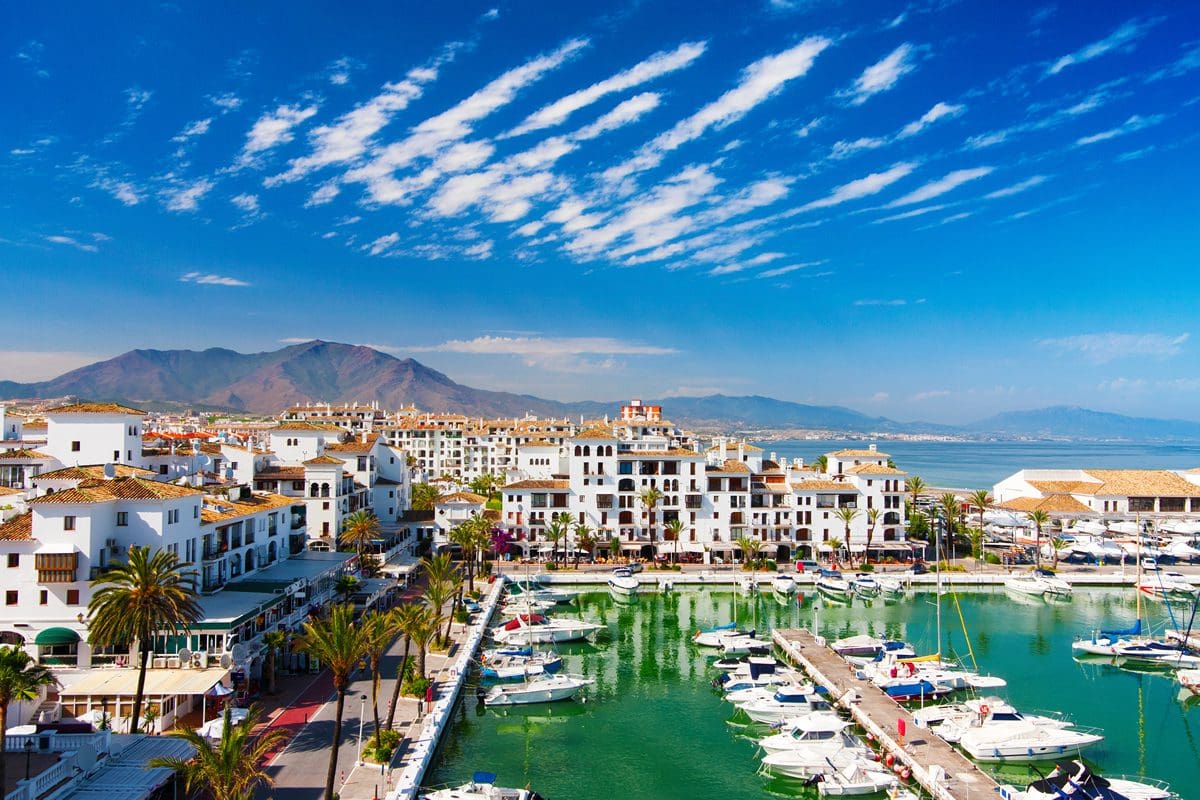
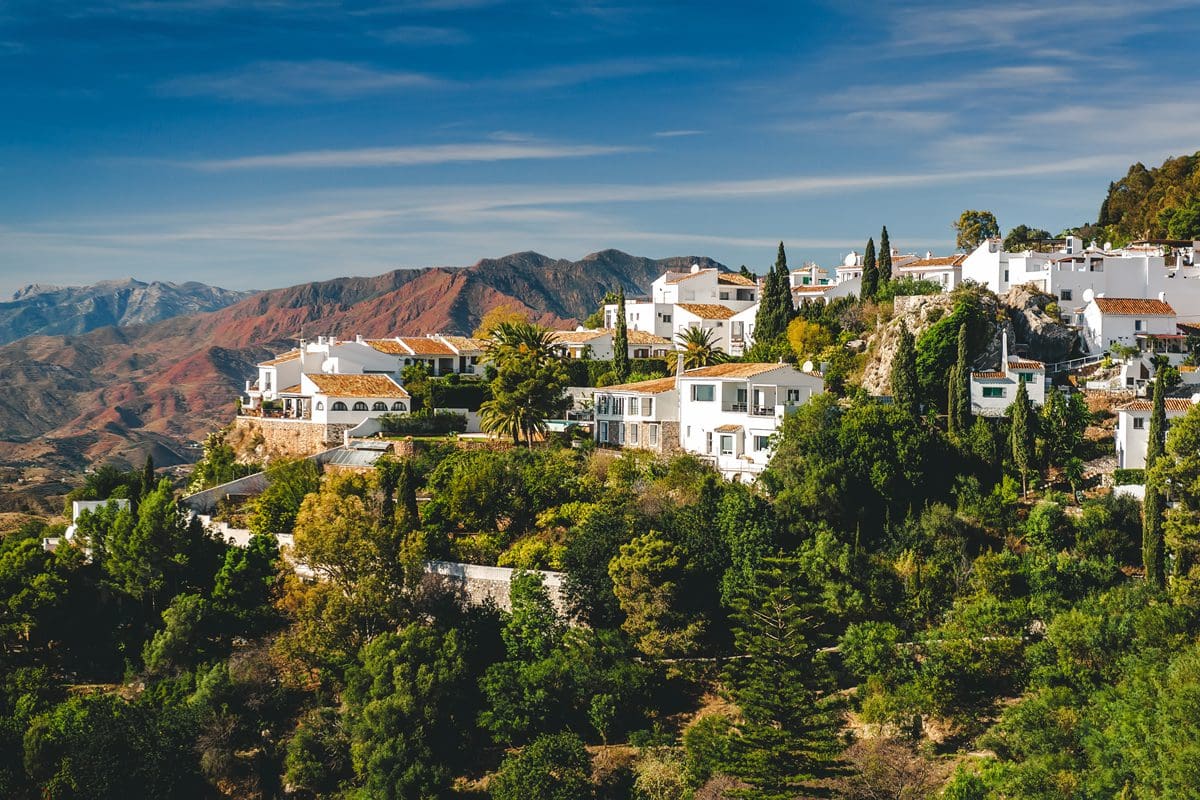
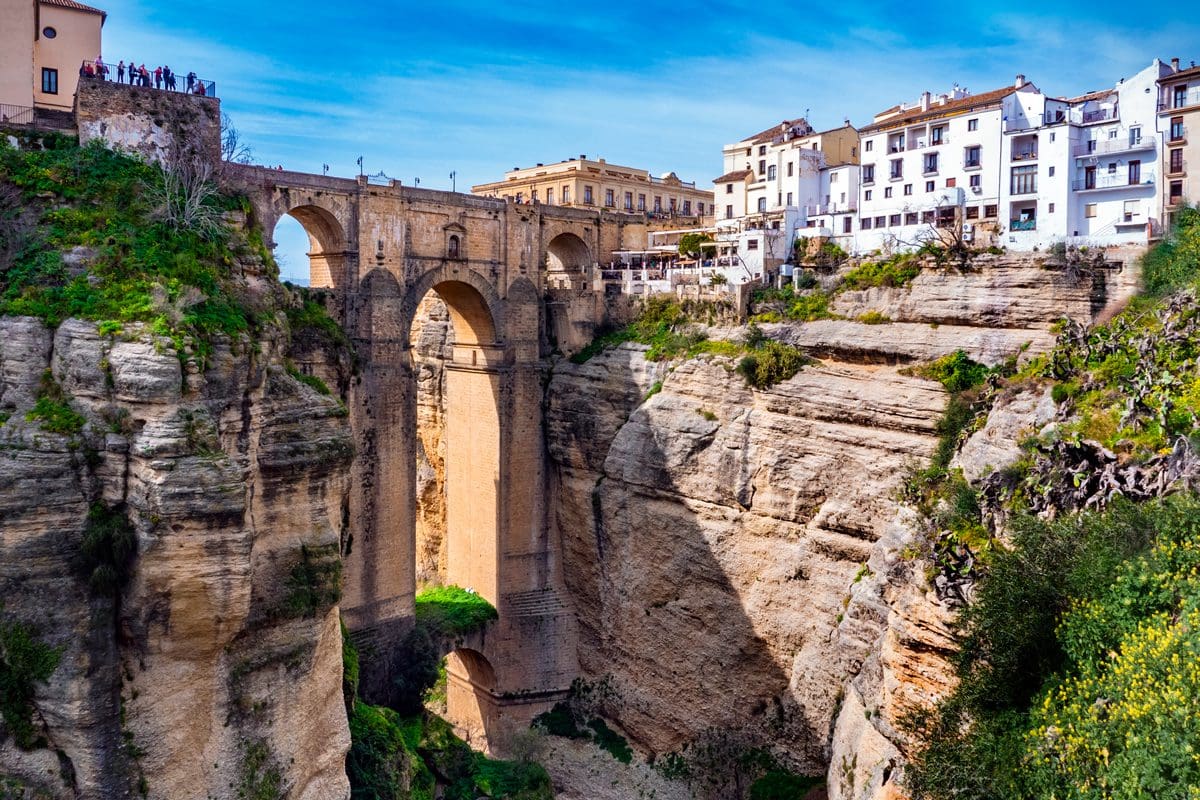

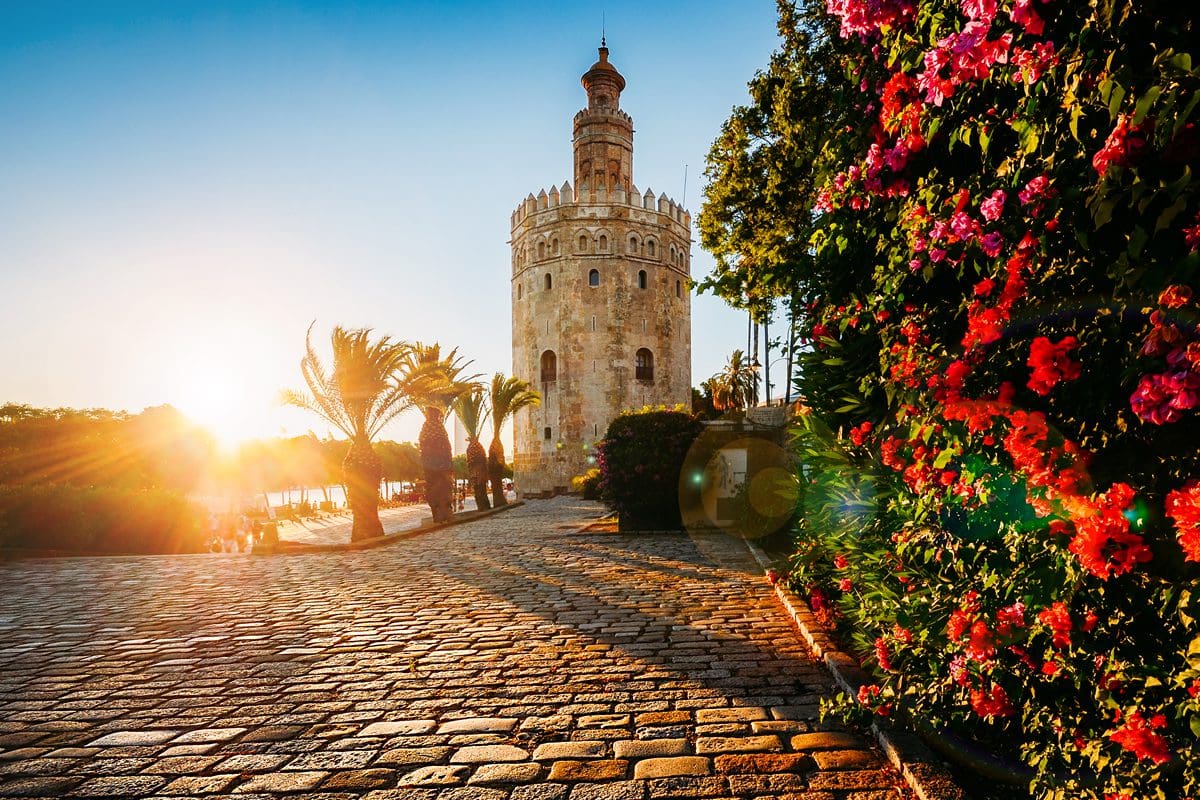
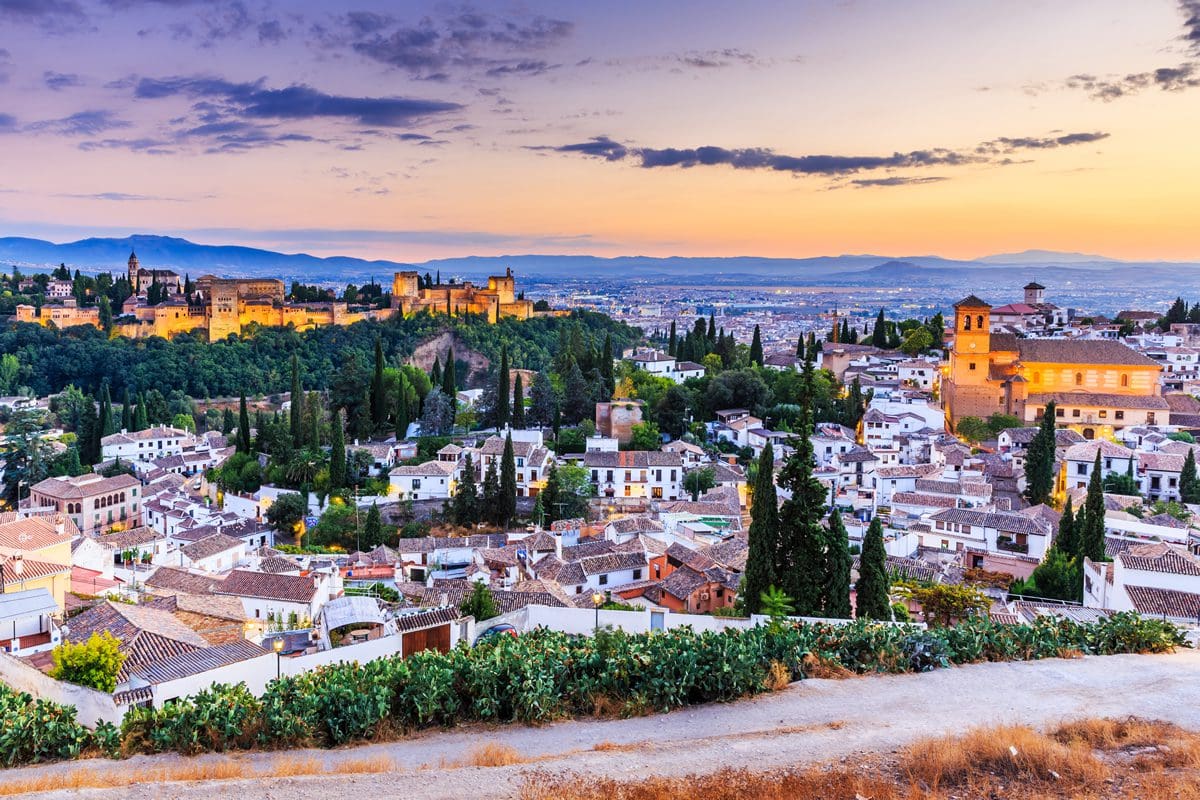

 Most Recommended
Most Recommended Recommended
Recommended Highly Recommended
Highly Recommended Not Recommended
Not Recommended